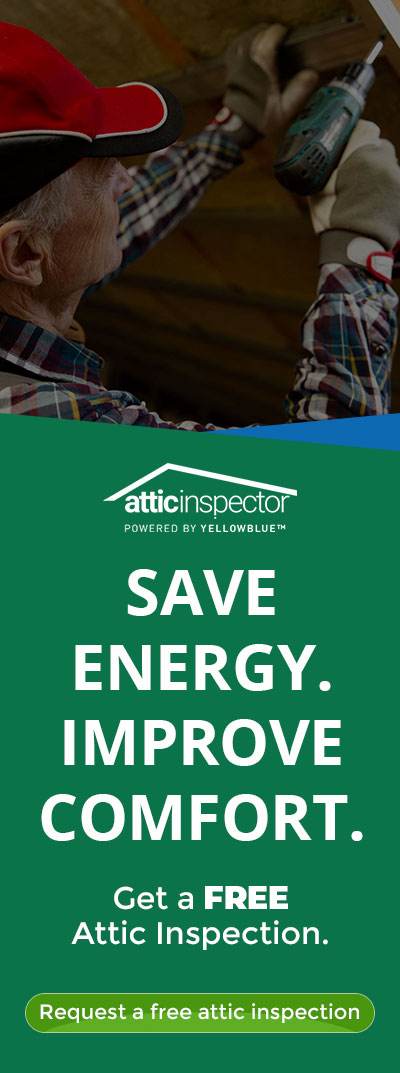Attention, homeowners! Brace yourselves for some electrifying news!
For 2023, you can now claim your newly installed insulation as a tax credit at 30% instead of 10%. Let’s discover how this insulation tax credit increase can transform your home into a comfortable haven while saving money and benefiting the environment.
What is an Insulation Tax Credit?
An insulation tax credit is a financial incentive to encourage homeowners to invest in energy-efficient insulation. By improving the energy efficiency of homes, we reduce energy consumption, lower utility bills, and contribute to environmental conservation.
The insulation tax credit was initially introduced as part of the Energy Policy Act of 2005 to promote energy efficiency in residential properties. Since then, various legislative changes and updates have been extending and modifying the credit to accommodate technological advancements and shifting policy priorities. More details about other energy tax credits are on the Energy Star website.
How to Claim the Insulation Tax Credit
To claim the insulation tax credit, homeowners must:
- Keep all documentation and receipts related to the insulation purchase and installation.
- File their taxes by the appropriate deadline, typically April 15th.
- Complete the necessary IRS forms, including Form 5695, for residential energy credits.
However, these tax credits have annual aggregate limits, with a total cap of $3,200 per year. These limits include a $1,200 limit for combined home envelope improvements and heating systems and a separate $2,000 limit for heat pumps, heat pump water heaters, and biomass stoves/boilers. In other words, you can claim 30% of the project cost compared to the previous 10% amount with a $1,200 maximum credit limit for insulation.
The insulation tax credit is generally calculated as a percentage of the eligible expenses incurred by the homeowner. The credit amount may be subject to a maximum limit and have cumulative or carryforward provisions. It is essential to consult the IRS guidelines or a tax professional to determine the exact credit amount applicable to your situation.
Eligibility Criteria for the 2023 Tax Credit
To qualify for the insulation tax credit, homeowners must meet specific criteria, including:
- Residential property requirements: The tax credit is available only for primary residences and does not apply to new construction or rentals.
- Energy efficiency specifications: Insulation materials must meet specific energy efficiency standards set by the Department of Energy (DOE) and the International Energy Conservation Code (IECC).
- Installation and compliance guidelines: Insulation must be installed according to the manufacturer’s instructions and comply with local building codes.
- Exclusions and limitations: Some insulation or installation expenses may be excluded from the tax credit.
- Types of Insulation Used: The insulation tax credit covers various types of insulation, including bulk insulation items (such as batts and rolls and expanding spray) and air seal products (such as weather stripping and house wrap).
Additional Energy Efficiency Tax Credits and Incentives
Apart from the insulation tax credit, homeowners can also explore other federal, state, and local tax credits and incentives for energy efficiency, such as:
- Federal tax credits for renewable energy, like solar panels and geothermal heat pumps.
- State and local incentives for energy-efficient appliances and home improvements.
- Utility company rebates and discounts for energy-saving measures.
The Full Breakdown:
To summarize everything:
- An insulation tax credit is a financial incentive for energy-efficient home insulation.
- This tax credit covers bulk insulation items and air seal products.
- Eligibility criteria include property requirements, energy efficiency standards, and installation guidelines.
- Credit is calculated as a percentage of eligible expenses with limits.
- Claim by keeping documentation, filing taxes on time, and completing IRS Form 5695.
- Annual aggregate limits include a total cap of $3,200 per year.
- Other energy efficiency tax credits and incentives are available.
So, get ready and seize this opportunity! With many insulation products and additional tax incentives at your fingertips, it’s time to create a home that’s as interesting and efficient as you are with money.


